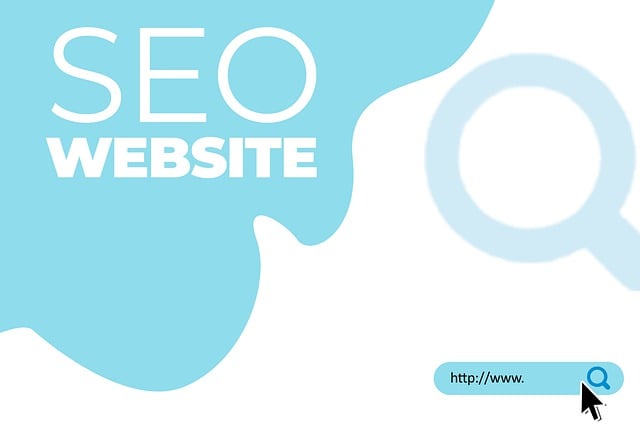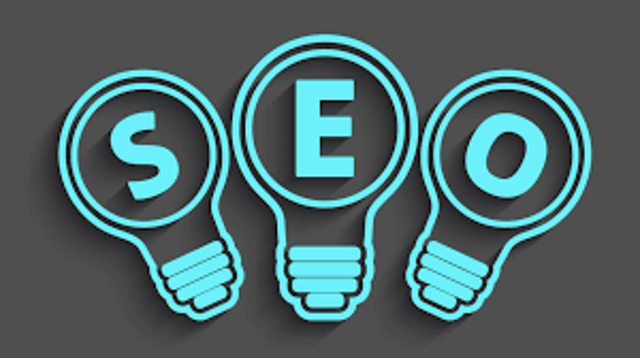Image optimization is a vital component of on-page SEO, driving user experience and website visibility. By using relevant keywords in file names and alt tags, search engines better understand image context, increasing visibility in image searches. Compressing images without quality loss reduces page load times, improving user satisfaction and serving as a key ranking factor for search engines. Well-optimized images enhance accessibility, boost engagement, and positively impact ranking positions by demonstrating website quality. Effective strategies include descriptive file names, alt text, structured data (schema markup), and using the right file formats like JPEG, PNG, or WebP to balance size and quality. Tools like TinyPNG and JPEGmini aid in compression without sacrificing quality.
In today’s visual web, images are crucial for engaging users and enhancing content. However, beyond aesthetics, image optimization plays a significant role in on-page SEO, influencing search engine rankings. This article delves into the essential practices of optimizing images for on-page SEO, covering everything from file name optimization and alt text to choosing the right formats and leveraging structured data. By implementing these best practices, you can significantly improve your website’s visibility and user experience.
Understanding Image Optimization for On-Page SEO

Image optimization plays a pivotal role in on-page SEO, enhancing both user experience and search engine rankings. When an image is optimized, it becomes more than just a visual element; it transforms into a powerful tool to drive traffic and improve website visibility. By incorporating relevant keywords in file names and alt tags, you ensure that search engines understand the context of the image, thereby increasing its chances of appearing in image search results.
Furthermore, optimizing images for on-page SEO involves compressing them without compromising quality to reduce page load times. Faster loading pages not only enhance user satisfaction but also serve as a critical ranking factor for search engines. This strategy not only benefits individual web pages but contributes to the overall performance of your website in search engine results.
The Role of Images in Search Engine Ranking

Images play a significant role in modern digital content and have a direct impact on search engine rankings, especially within on-page SEO strategies. Search engines like Google utilize image recognition technology to index and understand visual content, which means optimizing images is crucial for improving visibility and driving organic traffic. When an image is optimized, it includes relevant file names, alt text, and descriptive captions that convey the image’s context. This not only helps search engine crawlers identify and categorize the image but also enhances accessibility for users with visual impairments who rely on screen readers.
By incorporating well-optimized images, websites can enhance user experience and encourage longer browsing sessions, as visuals often capture attention more effectively than plain text. Search engines consider these factors when assessing website quality, which can positively influence ranking positions in search results. Effective image optimization ensures that your visual assets not only support your content but also contribute to a better overall performance in the competitive world of online visibility.
Best Practices for Optimizing Image File Names

When optimizing images for on-page SEO, starting with file names is a strategic move. Each image file should have a descriptive name that includes relevant keywords while keeping it concise and easily readable. This practice not only aids search engines in understanding the content of your images but also enhances accessibility. Avoid generic names like “image1” or “photo001” as they offer no context to users or search algorithms.
Instead, use file names that describe the image’s purpose or subject matter. For example, if you have an image of a beautiful sunset, consider naming it “sunset-over-ocean-scenery.jpg.” This descriptive approach ensures your images are discoverable and can contribute to better rankings in search results, demonstrating the value of on-page SEO strategies for visual content.
Alt Text: Enhancing Accessibility and SEO

Alt text, or alternative text, serves as a powerful tool within on-page SEO strategies. Its primary function is to provide a descriptive explanation of an image for users who are visually impaired or have images disabled on their devices. However, its benefits extend far beyond accessibility. Search engines rely heavily on alt text to understand the content and context of visual elements on a webpage. By incorporating relevant keywords and accurately describing the image, you’re not only enhancing accessibility but also improving your page’s SEO performance.
When search engine crawlers encounter an image with well-crafted alt text, they can index that information, allowing images to contribute to a website’s overall search ranking. This is particularly important for visual-heavy content, such as e-commerce websites or blogs with infographics. Optimizing alt text ensures that your images are not just visually appealing but also effectively communicate the page’s content to both users and search engines alike, ultimately driving better visibility and engagement.
Choosing the Right Image Formats for Maximum Efficiency

When optimizing images for on-page SEO, selecting the appropriate file format is a strategic step that can significantly impact your website’s performance. Different formats offer varying advantages in terms of size, quality, and compatibility, making it crucial to choose wisely. For instance, JPEG is a popular choice due to its ability to balance file size and image quality, suitable for photographs and graphics with a wide color gamut. On the other hand, PNG provides lossless compression, ideal for images with transparent backgrounds or complex details where quality preservation is essential. WebP, an emerging format, offers even better compression ratios without sacrificing visual fidelity.
Consideration of file size is key in on-page SEO. Smaller image sizes reduce page load times, enhancing user experience and search engine rankings. Optimizing formats involves compressing images without compromising visual appeal, ensuring that your website delivers content swiftly and efficiently. This strategic approach not only benefits users but also aligns with search engine algorithms that favor fast-loading pages, directly impacting your site’s visibility and SEO performance.
Impact of Image Compression on Quality and SEO

Image compression plays a crucial role in both image quality and on-page SEO. While reducing file size is essential for faster load times and improved user experience, it’s critical to maintain image integrity to avoid quality loss. Techniques like JPEG compression or more modern web formats like WebP offer efficient reduction in file size without significantly degrading visual appeal, ensuring a balanced approach.
For SEO, optimizing images involves not just compression but also leveraging descriptive file names, alt tags, and relevant captions. These on-page SEO practices help search engines understand the content of your images, improving discoverability and accessibility for visually impaired users through screen readers. Additionally, well-optimized images can enhance the overall user experience, encouraging longer browsing sessions and lower bounce rates—all factors that positively impact search engine rankings.
Leveraging Structured Data for Enhanced Image Search Results

Leveraging structured data is a powerful strategy within on-page SEO to optimize image search results. By adding specific and detailed information about your images, search engines can better understand their context, leading to improved visibility and click-through rates. Schema markup, in particular, allows you to highlight essential details such as the image’s title, description, and source, making it easier for users and search algorithms to discover and interpret.
This technique enhances the overall user experience by providing relevant metadata that describes the content of the image accurately. As a result, when users perform visual searches or explore images related to specific topics, your media assets are more likely to appear in the results, driving organic traffic to your website. Effective structured data implementation is crucial for maximizing the potential of your image optimization efforts within on-page SEO strategies.
Tools and Techniques for Efficient Image Optimization

In the realm of On-Page SEO, efficient image optimization is a powerful strategy to enhance your website’s visibility and user experience. A variety of tools and techniques are readily available to streamline this process. One popular approach involves utilizing image compression tools that reduce file sizes without compromising visual quality. These tools, such as TinyPNG or JPEGmini, are excellent for minimizing the impact of large images on page load times. Additionally, optimizing alt text is a crucial step; descriptive and relevant alt tags not only improve accessibility but also provide search engines with valuable context.
Another technique is to implement responsive image formats, ensuring your images adapt to different screen sizes. This can be achieved through HTML’s `` tag with the `srcset` attribute and the `sizes` attribute. By serving optimized images based on a user’s device, you can significantly improve page performance and overall SEO. Furthermore, keeping image filenames and folder structures organized and including relevant keywords can aid search engines in understanding your content better.
